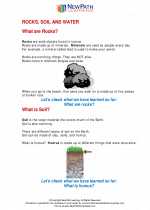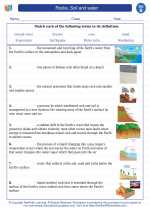Atom's Nucleus
At the center of an atom is the nucleus. The nucleus is like the "brain" of the atom because it contains most of the atom's mass and controls its behavior. It is made up of even smaller particles called protons and neutrons. These are held together by a strong force called the nuclear force.
Protons
Protons are positively charged particles found in the nucleus. They help determine the type of atom and are responsible for creating chemical reactions. The number of protons in the nucleus is what gives each element its unique identity.
Neutrons
Neutrons are neutral particles found in the nucleus. They help hold the nucleus together and provide stability to the atom. Along with protons, these particles give the atom its mass.
Electrons
While the protons and neutrons are in the nucleus, the electrons are found in energy levels surrounding the nucleus. They have a negative charge and move around the nucleus at high speeds. Electrons are important for bonding with other atoms to form molecules.
Nuclear Force
The nuclear force is the strong force that holds the protons and neutrons together in the nucleus. Without this force, the positively charged protons would repel each other, causing the nucleus to break apart. The nuclear force keeps the nucleus stable and the atom intact.
Study Guide Questions:
- What is the nucleus of an atom?
- What are the two types of particles found in the nucleus?
- What is the charge of a proton?
- How do protons and neutrons contribute to the mass of an atom?
- What is the role of the nuclear force?
By understanding the nucleus of an atom, you can learn more about the building blocks of everything around us!
[Atom's Nucleus] Related Worksheets and Study Guides:
.◂Science Worksheets and Study Guides Second Grade. Rocks, Soil and water

 Worksheet/Answer key
Worksheet/Answer key
 Worksheet/Answer key
Worksheet/Answer key
 Worksheet/Answer key
Worksheet/Answer key
 Vocabulary/Answer key
Vocabulary/Answer key
 Vocabulary/Answer key
Vocabulary/Answer key
